Nuclear power is the only solution to our energy dilemma
Not only is Labor’s plan to reach its net-zero goal physically impossible, the attempt is sending us a broke. At some stage the facts will break through the delusion – but it may be too late.
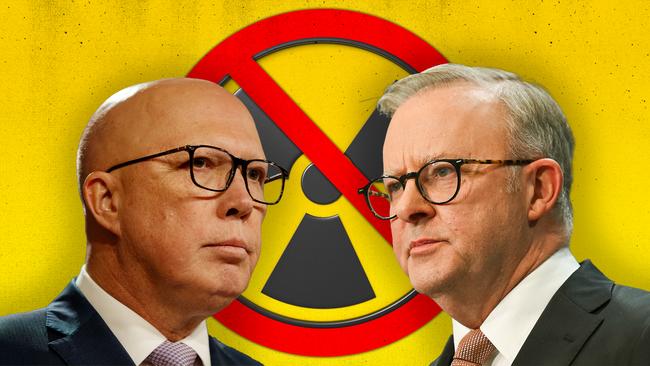
Anthony Albanese and Chris Bowen have been saying for years that renewable energy is the cheapest form of electricity, but while tens of billions of dollars in subsidies and investments flow into renewables, prices keep going up. A reckoning must come and it will be ugly.
Not only is Labor’s plan to reach its net-zero goal by switching the electricity grid to 90 per cent renewable energy physically impossible (it has committed to get to 82 per cent within 6 years), the attempt is sending us a broke. At some stage the facts will break through the delusion.
Perhaps the absurdity of the “Defence Net Zero Strategy” released quietly last month will provide a turning point, demonstrating the phantasmagorical nature of Labor’s climate plans. Defence has gone to the trouble of mapping out a strategy for how we can run tanks, ships and helicopters to defend this nation without adding to carbon emissions – they cite trials of electric Bushmasters and biofuel for fighter jets.
The pretence is farcical – our adversaries will only have to attack at night to catch us without power, and during the day they can just wait till our tanks are recharging. While we lose the war, we will at least demonstrate a symbolic commitment to saving the planet – I doubt anyone imagines the Chinese or Russian militaries will be switching to net zero any time soon.

In his press release about the net-zero strategy, the Defence Industry Minister Pat Conroy said Defence would be increasing its use of “reliable renewable energy”. Say what? The central flaw of renewables is their lack of reliability. George Orwell would have been proud: “War is peace, freedom is slavery, ignorance is strength.” And now, renewable energy is reliable.
It is quite disturbing to see how these zealots take the central and undeniable failing of renewable energy – its intermittence – and pretend it away by using an oxymoronic phrase, “reliable renewable energy”. Is this calculated connivance or are they so evangelistic that they believe their own nonsense?
The unavoidable logic behind firming up a renewable energy grid makes additional costs unavoidable – a renewables grid demands two grids. You need to construct an expansive network of wind and solar generation plants, enough to cover about three times peak demand spread across vastly different microclimates in the hope that wind or sun will be available somewhere when you need it.
All this needs to be connected by tens of thousands of kilometres of transmission lines (which are regulated assets with guaranteed rates of return) and buttressed by expensive battery or pumped-hydro storage. It is a monumentally difficult and costly task on which we have spent well over $100bn in subsidies and capital costs, with much more to come.
On Friday, the Coalition released estimates from Frontier Economics putting the total requited spend for the renewables transition at $642bn – that is $500bn more than Labor has estimated, and about five times what we have already spent. All of this must be recouped with profit, so our power price pain can only increase.
The catch with renewables is that they will always require back-up, in effect another electricity grid, perhaps using much of the same transmission lines, but capable of generating peak demand without wind or solar. Most likely this back-up grid would be powered by gas.
And once we know there is enough back-up to supply peak demand, we then can understand that the entirety of the renewable asset build is an additional and unnecessary energy cost we have chosen to impose on ourselves. It alienates land, increases complexity and escalates costs without providing additional power, all so we can meet emissions reduction targets that other countries are not meeting, and which will make no discernible difference to global emissions or, therefore, the climate, anyway.
And whenever gas is needed to firm up the grid, the price the gas generators can charge will determine the cost of electricity. Two grids, a vast and inefficient renewable grid we could well do without, and an effective and reliable fossil-fuel grid needed to guarantee the energy that underpins our society.
The lies being told on renewables costs have been brilliantly exposed by simple observations and arguments run by entrepreneur Dick Smith in an, until now, private debate with The Guardian Australia. Smith responded after The Guardian ran a piece slamming him for running “ill-informed claims” about renewable energy costs and practicality.
One contested point was whether the CSIRO Gencost report, which compares the costs of various generation methods, includes an adequate cost for storage under the renewable scenario. The Guardian article criticised Smith for saying these costs are ignored, noting Gencost does refer to these costs – but in his correspondence to the paper Smith says the CSIRO has “greatly underestimated” the amount of storage required.
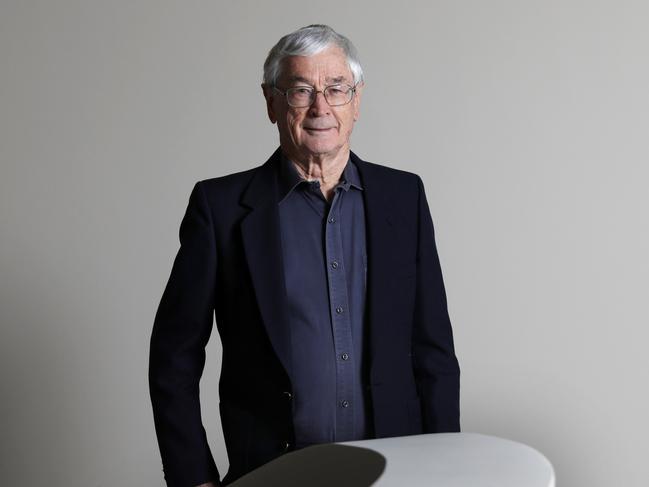
Smith does not contest the need to reduce emissions. His arguments are about whether renewables can power a modern economy and whether nuclear might not be a crucial part of the energy mix. In his letter, Smith says the underestimates from the CSIRO allow it to “falsely claim that renewables with storage is the cheapest form of energy”.
The electronics entrepreneur, adventurer and environmentalist made a killer observation that exposes the ruse. “No doubt you have noticed all the wind and solar farms that exist around our country,” Smith wrote to The Guardian. “If the CSIRO claim that wind, solar and storage is the cheapest form of energy is correct, these facilities would include batteries to supply power 24/7 – or at least for five hours. None of them do.”
This connects to a point I have made for a decade or more – instead of subsidising the installation of unreliable renewable energy we should have made any subsidies or targets contingent on generators firming up their own supplies, either with batteries or dispatchable generation. Smith provides a clear explanation for why this is impossible: “That is, the cost of even limited storage results in solar and wind power being so expensive it is unaffordable.”
Smith has also pointed out that when Broken Hill went dark last month because the main transmission line from Victoria was taken out in a storm, neither the nearby solar factory, wind farm or big battery were able to keep the Silver City in power. And he cites the real-world example of Lord Howe Island where despite a $12m grant for a renewables grid with storage, they have ended up with higher power prices and a reliance on diesel generators for 100 per cent of their electricity at times.
This is just the reality. No developed country has even attempted to run on a 90 per cent renewables model, and unless there is a watershed development in energy storage no country ever will – so what is Australia playing at?
A clue for a secure, prosperous, and clean energy future comes from our defence force. Not the inane net-zero strategy, but their plan to run nuclear-propelled submarines.
Instead of wasting government subsidies and burdening consumers with the investment costs of unproven renewable models and other “green energy superpower” hyperbole like green hydrogen and pumped hydro, the time is ripe for nuclear power. It is dense power with a small land footprint that can use existing transmission infrastructure,
Remember the Whyalla wipeout? A decade or more on, it is still on the way with grave doubts about the future of the steelworks, delayed only by taxpayer subsidies and green energy posturing.
A steel manufacturing centre established with the advantage of cheap and reliable coal power is struggling again, as it awaits some kind of “green hydrogen” saviour. Yet a couple of hours up the road is one of the world’s largest uranium mines, and Whyalla and Port Augusta are linked to the national transmission grid because of the now-demolished coal-fired power plants in the region.
A nuclear power station near Port Augusta would buttress power supplies for Whyalla, South Australia and the national grid. Any excess power at times of low demand could be used for desalination or hydrogen production.
It is a much more logical and efficient solution, with proven technology, than our current renewables-plus-storage experiment. The only thing stopping the nuclear option is an honest and truthful appraisal of our options – and the political will.


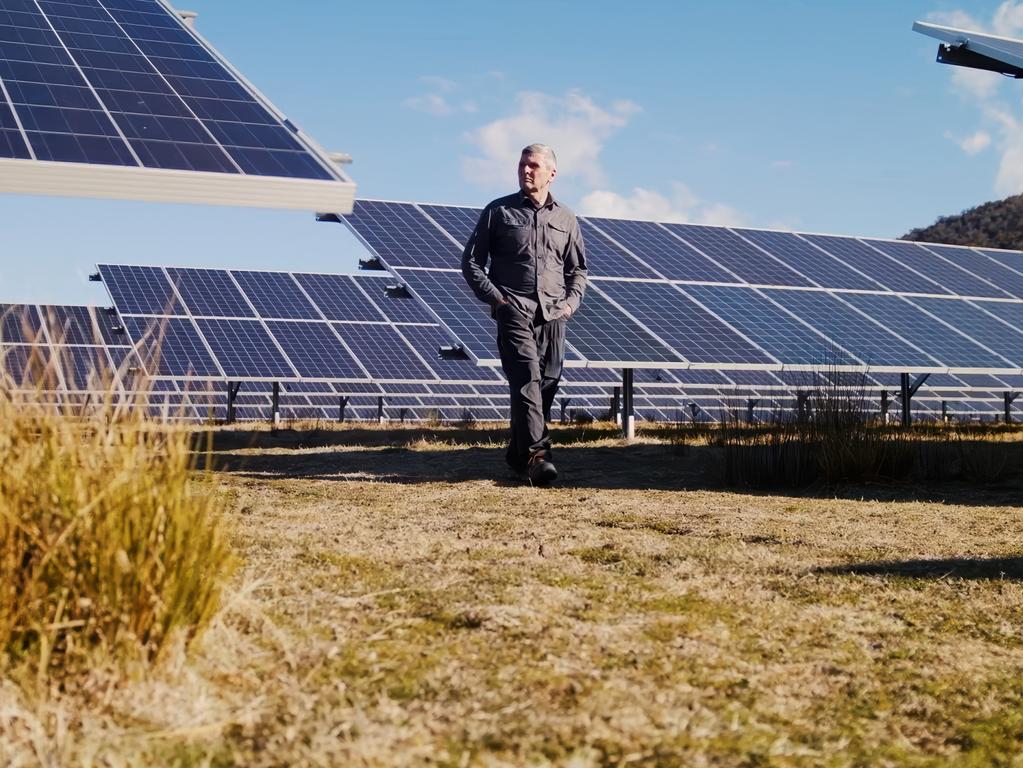

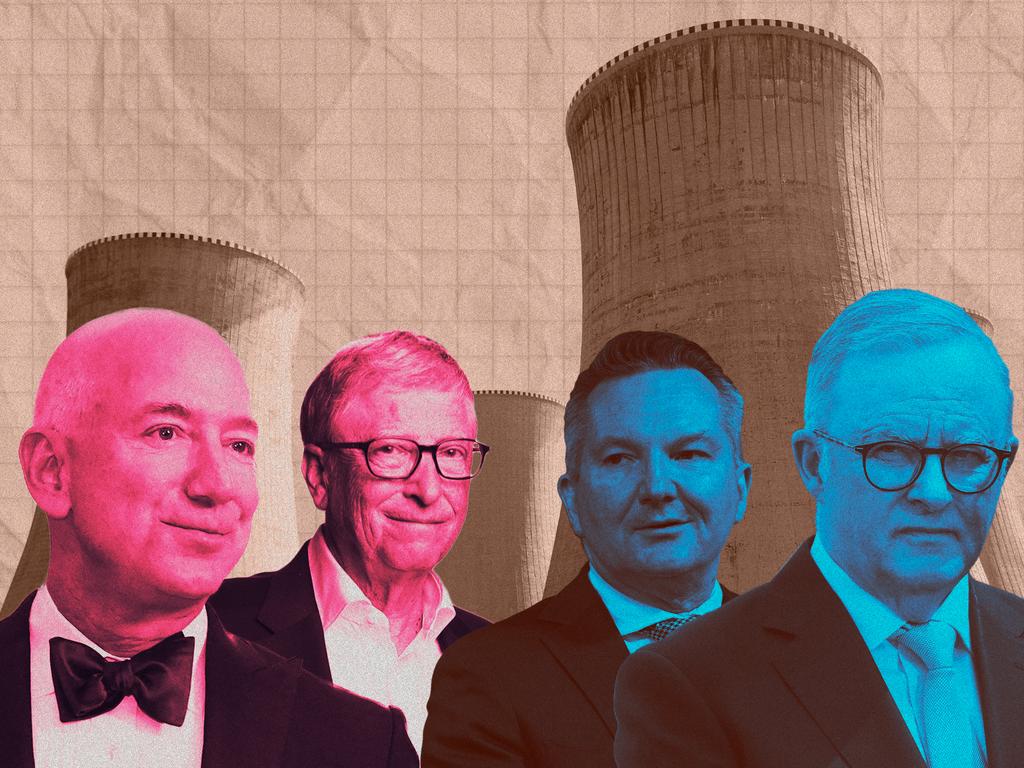
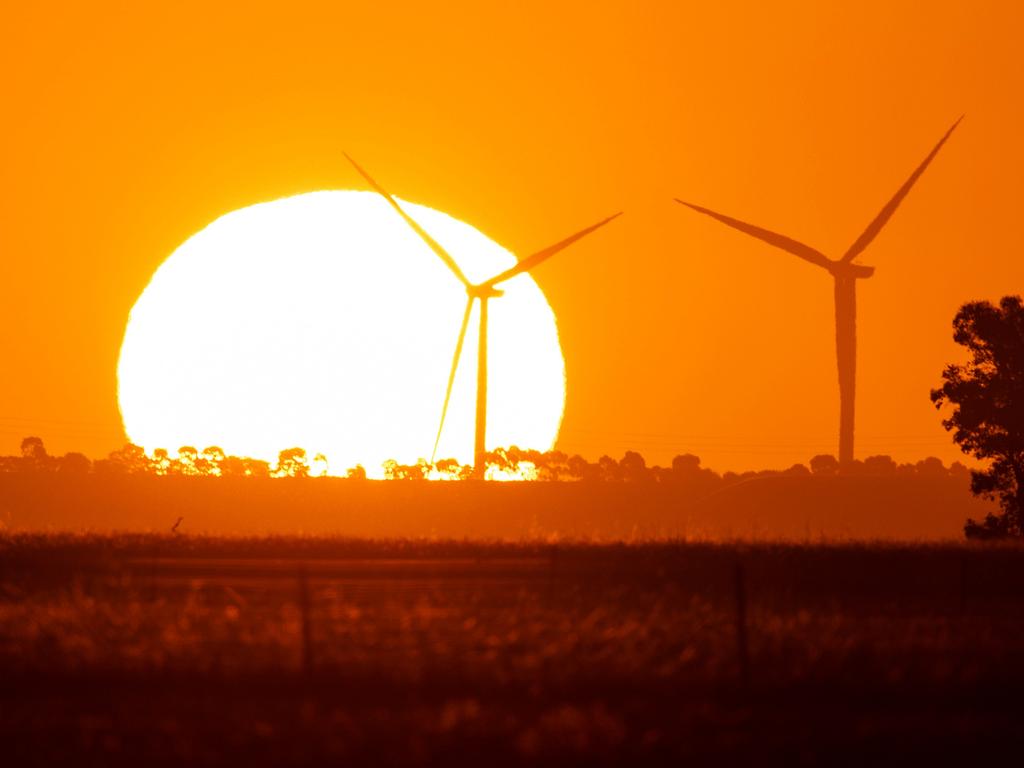


The truth will turn up eventually, lies are exposed, reality has a tendency of crashing through any pretensions, even if it takes longer than we might like. Sometimes the facts impose themselves over spin instantaneously – like when CNN’s on-screen graphic and live-to-air reporter Omar Jiminez famously pointed to “mostly peaceful protests” after two days of rioting in Wisconsin in 2020 when there were burning cars in the background – but other times the truth can take a while to dawn.